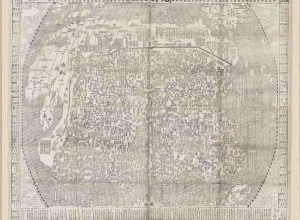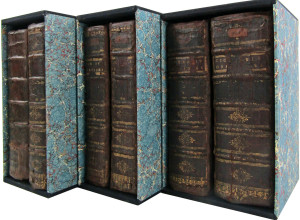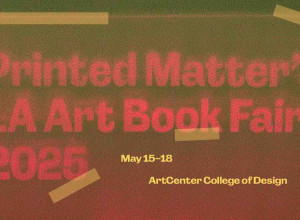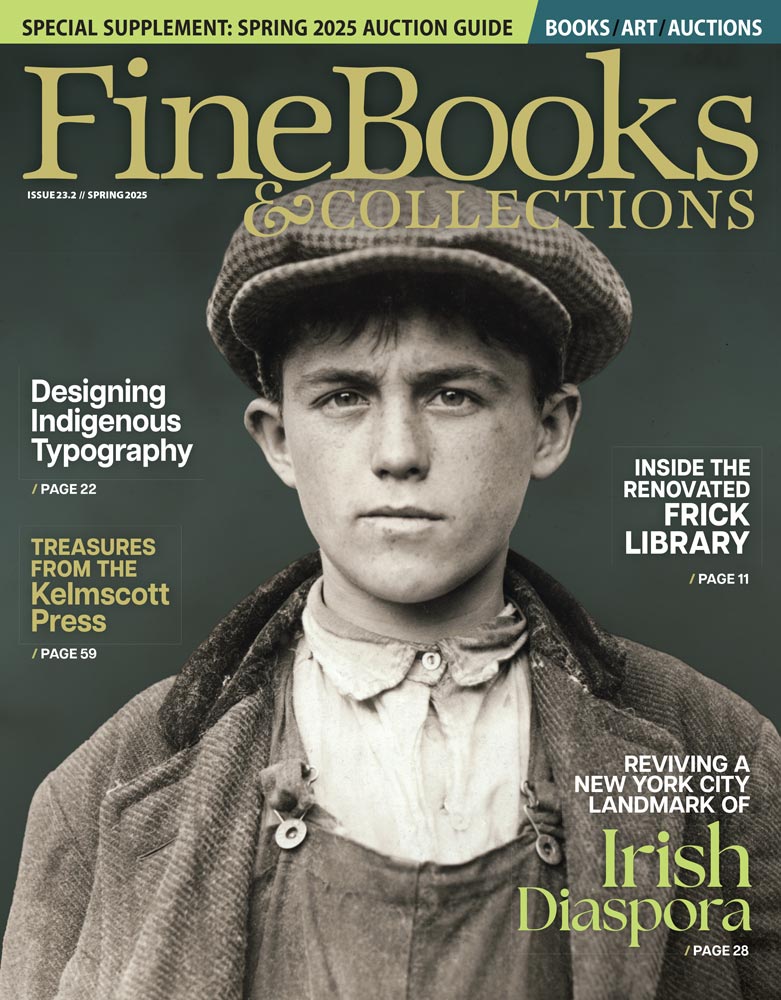John Ashbery Drawings, Tarot, and 3,000 Years of Storytelling at the Morgan in 2026
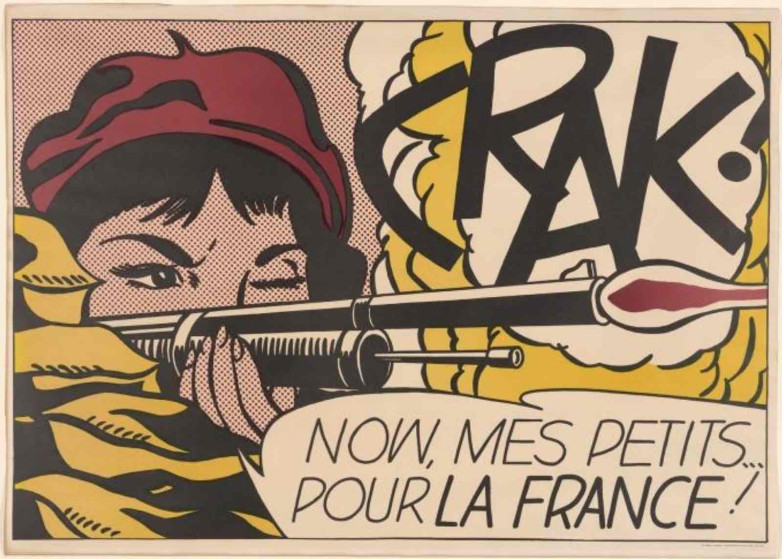
Roy Lichtenstein. Crak! [print]. 1963 [often given as 1964]
The Morgan Library & Museum exhibition schedules for 2026 includes displays featuring artworks from its collections that explores how stories shape our world, drawings by the poet John Ashbery, a look at photographer Peter Hujar through his contact sheets, and an exploration of the origins of Tarot in Renaissance Italy.
Come Together: 3,000 Years of Stories and Storytelling (January 30 through May 3, 2026) showcases more than 130 objects including printed books, manuscripts, artifacts, comics, drawings, paintings, and photographs offering new perspectives on the cultural transmission of stories and their importance. The first section considers origin stories, epics, legends, and myths, while the second sheds light on the creative process through the presentation of drafts, typescripts, and sketches, including a heavily annotated page of James Joyce’s Ulysses and Jean de Brunhoff’s earliest drawings of Babar.
In Wolfgang Amadeus Mozart: Treasures from the Mozarteum Foundation of Salzburg (March 13 through May 31, 2026) the life and career of Wolfgang Amadeus Mozart is told with Mozart’s own clavichord and violin, manuscripts and letters of Mozart and his family.
In 2019, the Morgan received a donation of 25 works on paper from the collection of American poet John Ashbery (1927–2017) from his husband David Kermani. These works form the core of Friends Who Came to See Me: Drawings from John Ashbery’s Collection (May 1 through October 25, 2026) devoted to Ashbery and his artist friends. Ashbery, who worked as an art critic for three decades and often found inspiration for his poetry in the visual arts, developed numerous friendships with artists including James Bishop, Joe Brainard, Jane Freilicher, Jean Hélion, Fairfield Porter, and Larry Rivers. With the exception of two sheets by Constantin Guys from the mid-19th century, the drawings range chronologically from 1945 to 2007, with a concentration of works from the 1960s. Many were gifts to the poet from the artists.
The selection includes eight portraits of Ashbery. It also features one of the very first collages that Ashbery created, while a student at Harvard in the late 1940s, signaling his early interest in Surrealism. The display of drawings will be complemented by textual material from the Morgan’s collection, notably books showing Ashbery’s collaboration with artists.
Hujar: Contact (May 22 through October 25, 2026) offers a look into the life, times, and creative evolution of a master photographer. The exhibition features more than 110 contact sheets and 20 enlargements from the Morgan’s Peter Hujar Collection, which includes over 5,700 contact sheets from throughout the artist’s career.
Peter Hujar (1934–1987) began filing contact sheets and assigning them job numbers at 21. His records make it possible to track his development from two decades as a studio assistant, when he pushed himself to try work of every kind, into the late 1960s and his work as a freelancer in fashion, music, and advertising, through his mature period as a fiercely independent and influential artist in the East Village.
Tarot! Renaissance Symbols, Modern Visions (June 26 through October 4, 2026) explores the origins of Tarot in Renaissance Italy and its ongoing relevance as a source of inspiration for artists today. The first part of the exhibition focuses on the origins of the three earliest surviving decks from the 15th century which were commissioned by the Dukes of Milan. The second part of the exhibition begins with the legendary 1909 Rider-Waite-Smith deck conceived by mystic Arthur Edward Waite and illustrated by artist Pamela Colman Smith, tracing the influence of this deck and others on later practitioners and the imagery’s adoption by people like André Breton, Leonora Carrington, Remedios Varo, Jess, Niki de Saint Phalle, Betye Saar, and Kerstin Brätsch.










